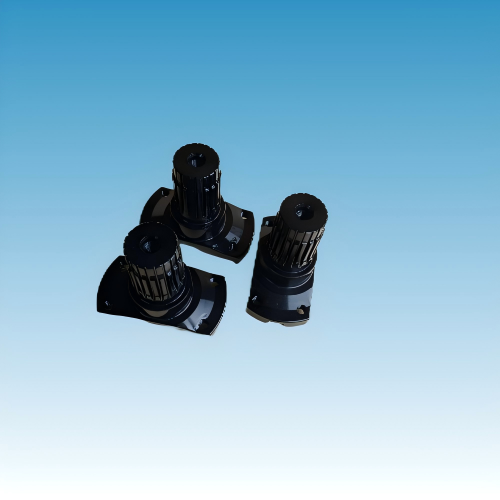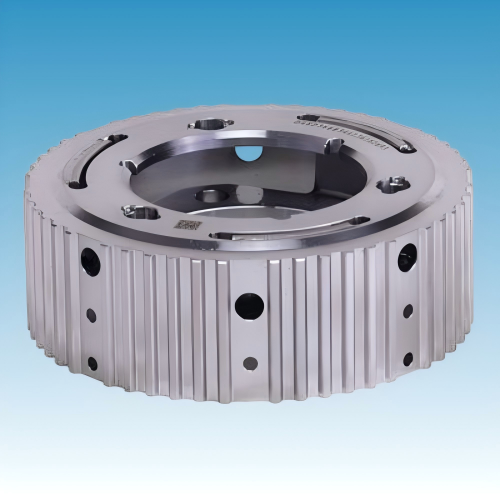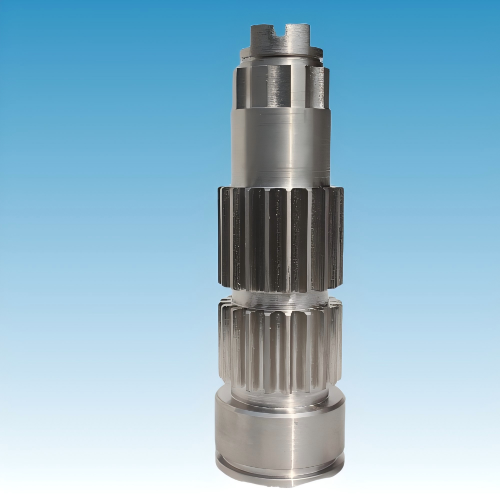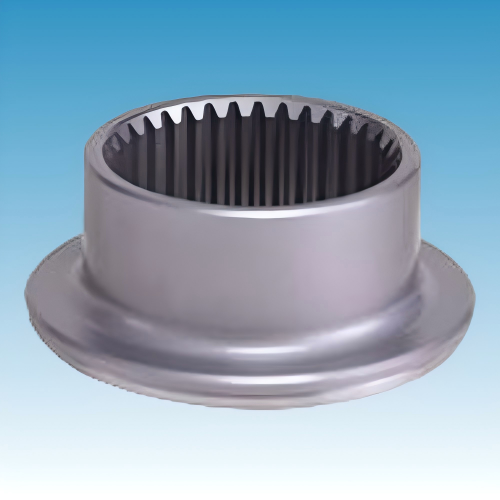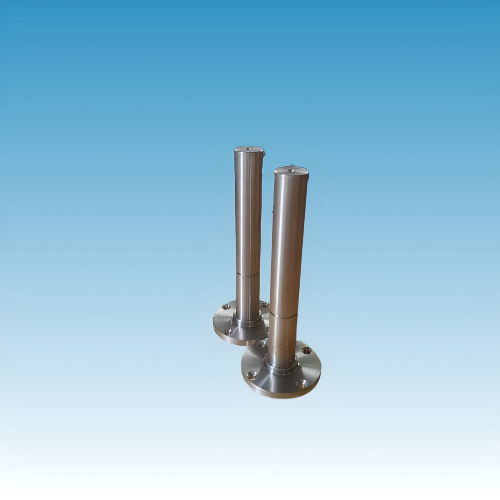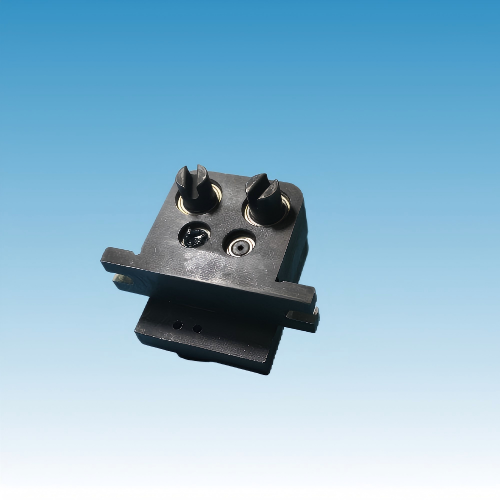
- ÔN LĨNH CHIẾT GIANG TRUNG QUỐC
- [email protected]
- 86 18958695512
- Trang chủ
- SẢN PHẨM
- Các thành phần sản phẩm khác
- Phụ tùng xe nâng transimission tùy chỉnh trục truyền động cnc tốt nhất
Phụ tùng xe nâng truyền động trục truyền động tùy chỉnh CNC tốt nhất
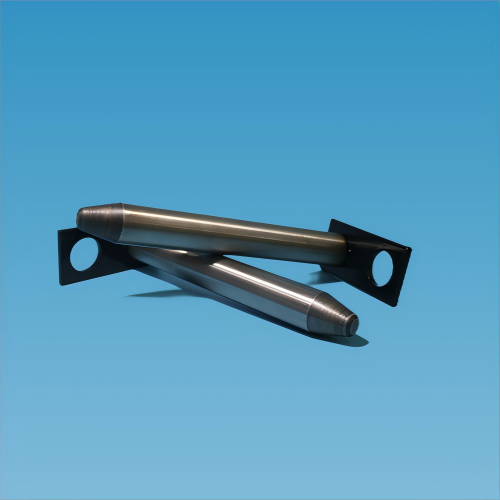
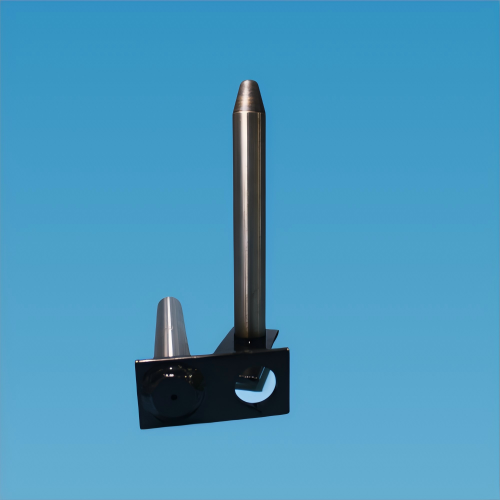
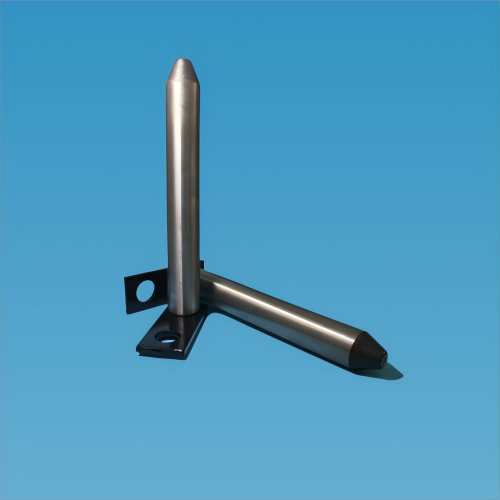

Phụ tùng xe nâng trục bánh xe dẫn động Trục thẳng dài Rèn chính xác cao Trục quay cho các loại máy móc khác nhau Xe nâng Truyền động Các bộ phận tùy chỉnh
SC205QT3030
trục phụ tùng xe nâng là một thành phần cơ khí quan trọng trong hệ thống truyền động và các hệ thống vận hành khác của xe nâng. Đây là một trục quay truyền mô-men xoắn và chuyển động giữa các thành phần khác nhau, đảm bảo xe nâng hoạt động hiệu quả và thực hiện các nhiệm vụ như nâng, lái và lái. Xe nâng là những cỗ máy phức tạp với nhiều bộ phận chuyển động và trục là một phần không thể thiếu để đảm bảo công suất được phân bổ hợp lý đến các hệ thống khác nhau, chẳng hạn như bánh xe, cơ cấu nâng và hệ thống lái.
TÊN:PHỤ TÙNG TRỤC XE NÂNG
MẪU: SC205QT3030
CHẤT LIỆU: THÉP, ĐỒNG
MOQ: THEO YÊU CẦU CỦA BẠN
GIAO HÀNG: THEO SỐ LƯỢNG CỦA BẠN
MẪU: MẪU ĐƯỢC CUNG CẤP
NƠI XUẤT XỨ: ZHEJANG TRUNG QUỐC
DỊCH VỤ: OEM ODM TÙY CHỈNH
ƯU ĐIỂM: ĐỘI NGŨ CHUYÊN NGHIỆP CHẤT LƯỢNG CAO


Chức năng của trục xe nâng
Các loại trục phụ tùng xe nâng:
-
Trục truyền động:
- Các trục truyền động là một trong những trục quan trọng nhất trong xe nâng. Nó truyền lực từ động cơ (thường thông qua truyền dẫn) đến sự khác biệt và cuối cùng là bánh xe. Điều này cho phép xe nâng di chuyển về phía trước hoặc phía sau.
- Trục truyền động thường phải chịu áp lực và mô-men xoắn cao, khiến nó trở thành một bộ phận quan trọng trong hệ thống truyền động của xe nâng.
-
Trục lái:
- Các trục lái kết nối vô lăng hoặc cơ cấu lái với bánh lái hoặc giá đỡ ở trục trước của xe nâng. Nó truyền chuyển động từ đầu vào của người lái để lái xe, đảm bảo xe nâng có thể thay đổi hướng một cách trơn tru.
-
Trục nâng:
- Các trục nâng là một phần của xe nâng hệ thống cột buồm, chịu trách nhiệm nâng và hạ càng xe. Trục này đóng vai trò quan trọng trong cơ cấu nâng thủy lực, truyền lực cơ học để nâng vật lên và xuống.
- Nó thường được kết nối với bơm thủy lực, cung cấp lực cần thiết để nâng hoặc hạ phuộc.
-
Trục Trục:
- Các trục trục là một phần của cụm trục xe nâng, có chức năng truyền lực quay từ trục truyền động đến bánh xe. Nó rất cần thiết để xe nâng có thể di chuyển.
- Tùy thuộc vào thiết kế của xe nâng, trục xe có thể là một phần của cụm trục trước hoặc sau.
-
Trục đối trọng:
- Một số xe nâng sử dụng đối trọng để cân bằng các vật nặng và trục đối trọng là một phần của cơ chế giữ và điều chỉnh đối trọng, đảm bảo xe nâng luôn ổn định trong quá trình nâng và di chuyển.
-
Trục ra:
- Các trục ra được tìm thấy trong xe nâng hệ thống truyền tải. Nó truyền lực từ hộp số đến trục dẫn động hoặc các bộ phận chuyển động khác của xe nâng, góp phần vào chuyển động và hoạt động của xe.
Chức năng của các bộ phận trục xe nâng:
-
Truyền tải điện:
- Trục rất cần thiết để truyền lực quay (mô-men xoắn) từ động cơ hoặc mô-tơ đến các bộ phận khác nhau như bánh xe, cột buồm hoặc cơ cấu nâng, cho phép xe nâng thực hiện chức năng của mình.
-
Sự di chuyển và di động:
- Các trục phụ tùng xe nâng tham gia vào chuyển động của xe nâng, cho phép xe di chuyển theo nhiều hướng khác nhau, thay đổi tốc độ và duy trì sự ổn định trong khi chở hàng.
-
Cơ chế nâng:
- Trong xe nâng, trục nâng đóng vai trò quan trọng trong việc điều khiển việc nâng và hạ càng, đây là chức năng chính của máy. Trục này giúp đảm bảo xe nâng có thể nâng và hạ tải đến độ cao mong muốn.
-
Kiểm soát lái:
- Trục lái đóng vai trò quan trọng trong khả năng điều khiển của xe nâng. Nó truyền lực lái của người lái đến cơ cấu lái của xe nâng, cho phép kiểm soát hướng chính xác.
-
Độ ổn định và xử lý tải:
- Các bộ phận xe nâng Trục cũng góp phần vào sự ổn định của xe nâng, đặc biệt là liên quan đến các khối đối trọng và trục, đảm bảo xe nâng có thể xử lý tải trọng nặng mà không bị lật.
Vật liệu phổ biến cho các bộ phận trục xe nâng:
- Thép: Hầu hết các trục xe nâng được làm bằng vật liệu có độ bền cao thép để chịu được tải trọng lớn, mô-men xoắn và ứng suất.
- Vật liệu hợp kim: Một số trục xe nâng có thể được làm từ thép hợp kim hoặc được xử lý bằng lớp phủ để tăng thêm độ bền, độ chắc và khả năng chống mài mòn và ăn mòn.
- Thép không gỉ: Trong một số trường hợp, thép không gỉ có thể được sử dụng, đặc biệt đối với các bộ phận tiếp xúc với độ ẩm, chẳng hạn như trong môi trường ẩm ướt hoặc ăn mòn.
Phần kết luận:
MỘT trục phụ tùng xe nâng là một thành phần cơ học quan trọng chịu trách nhiệm truyền lực, cho phép di chuyển, nâng và lái trong xe nâng. Xe nâng dựa vào nhiều loại trục khác nhau (như trục truyền động, trục nâng và trục lái) để hoạt động hiệu quả trong việc di chuyển và xử lý tải. Việc bảo dưỡng, kiểm tra và thay thế trục xe nâng thường xuyên là điều cần thiết để đảm bảo máy hoạt động trơn tru, hiệu quả và an toàn, đặc biệt là trong môi trường tải trọng cao và mô-men xoắn cao.
Công ty công nghệ Shenchi là một công ty chuyên nghiệp Nhà máy sản xuất máy móc OEM có trụ sở tại Wenling, Chiết Giang, Trung Quốc. Hoạt động kinh doanh chính bao gồm các bộ phận tiện và phay CNC, các bộ phận trung tâm gia công CNC, v.v. Chúng tôi có thể hoàn thiện sản phẩm khuôn mẫu, tùy chỉnh logo và các dịch vụ hoàn thiện bao gồm phun cát, sơn tĩnh điện, anot hóa, mạ điện, đánh bóng và khắc laser.
Đăng ký ngay
Đừng bỏ lỡ những cập nhật trong tương lai của chúng tôi! Đăng ký ngay hôm nay!
© Công ty Shenchi Bảo lưu mọi quyền.

